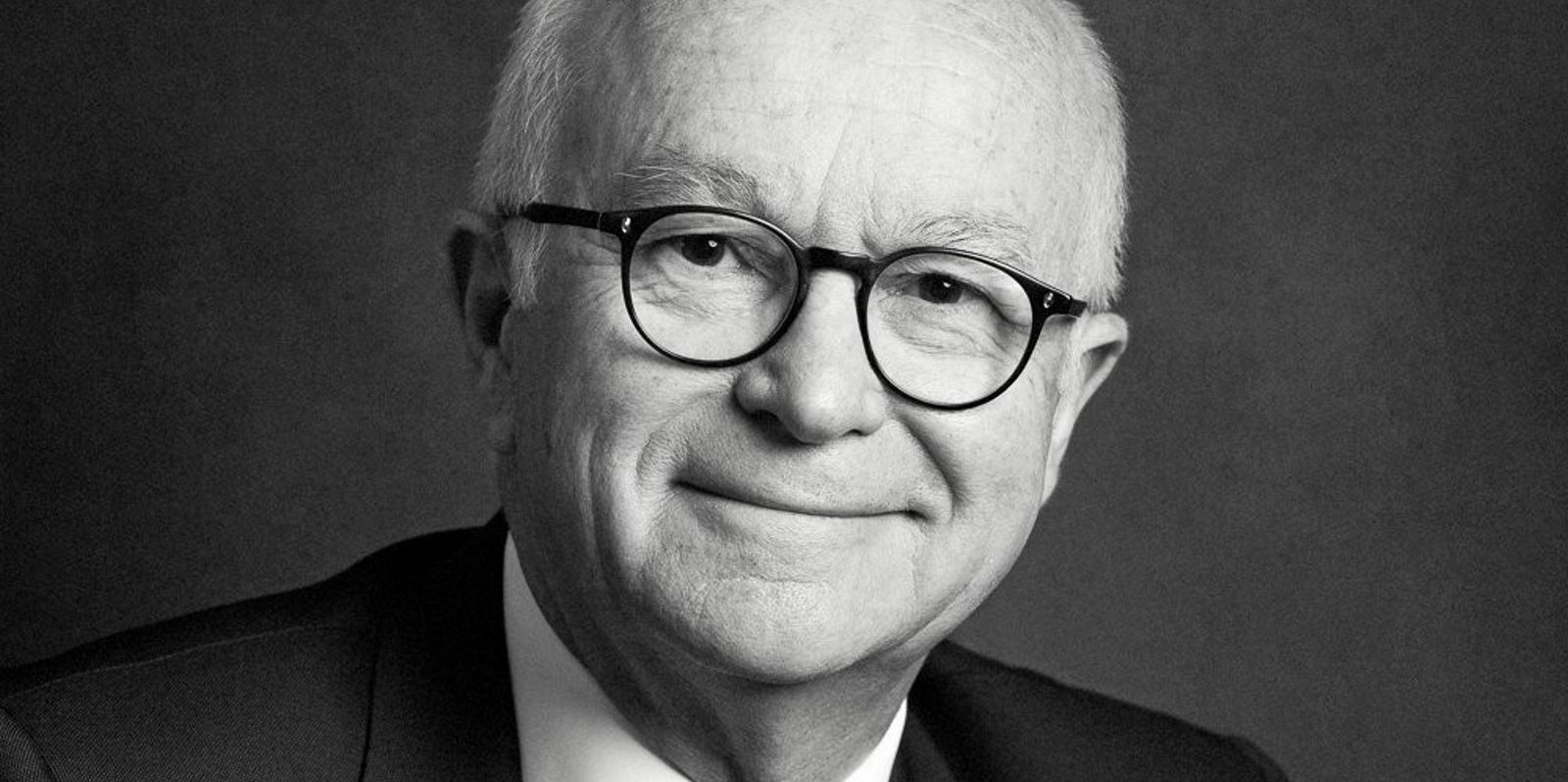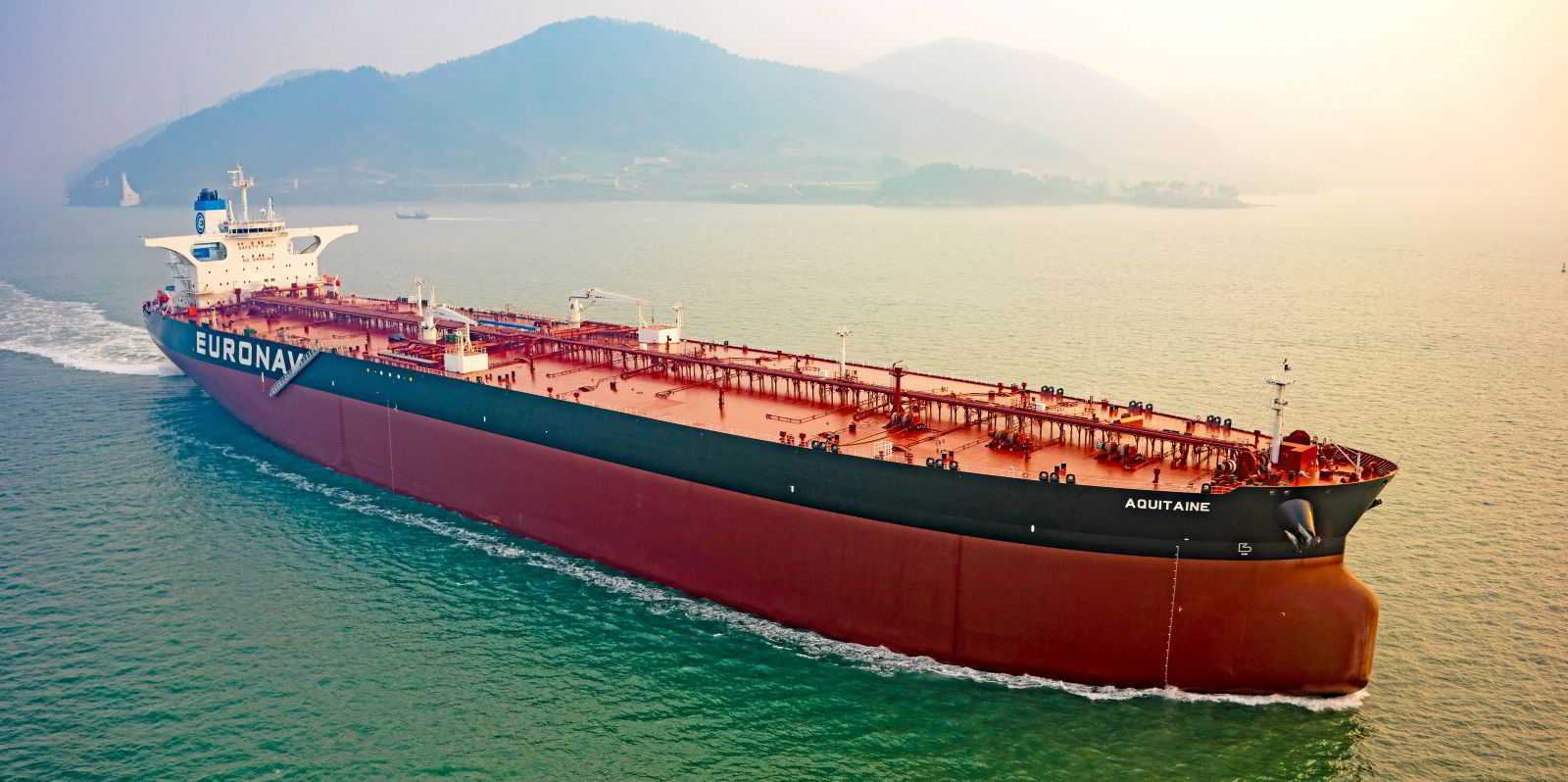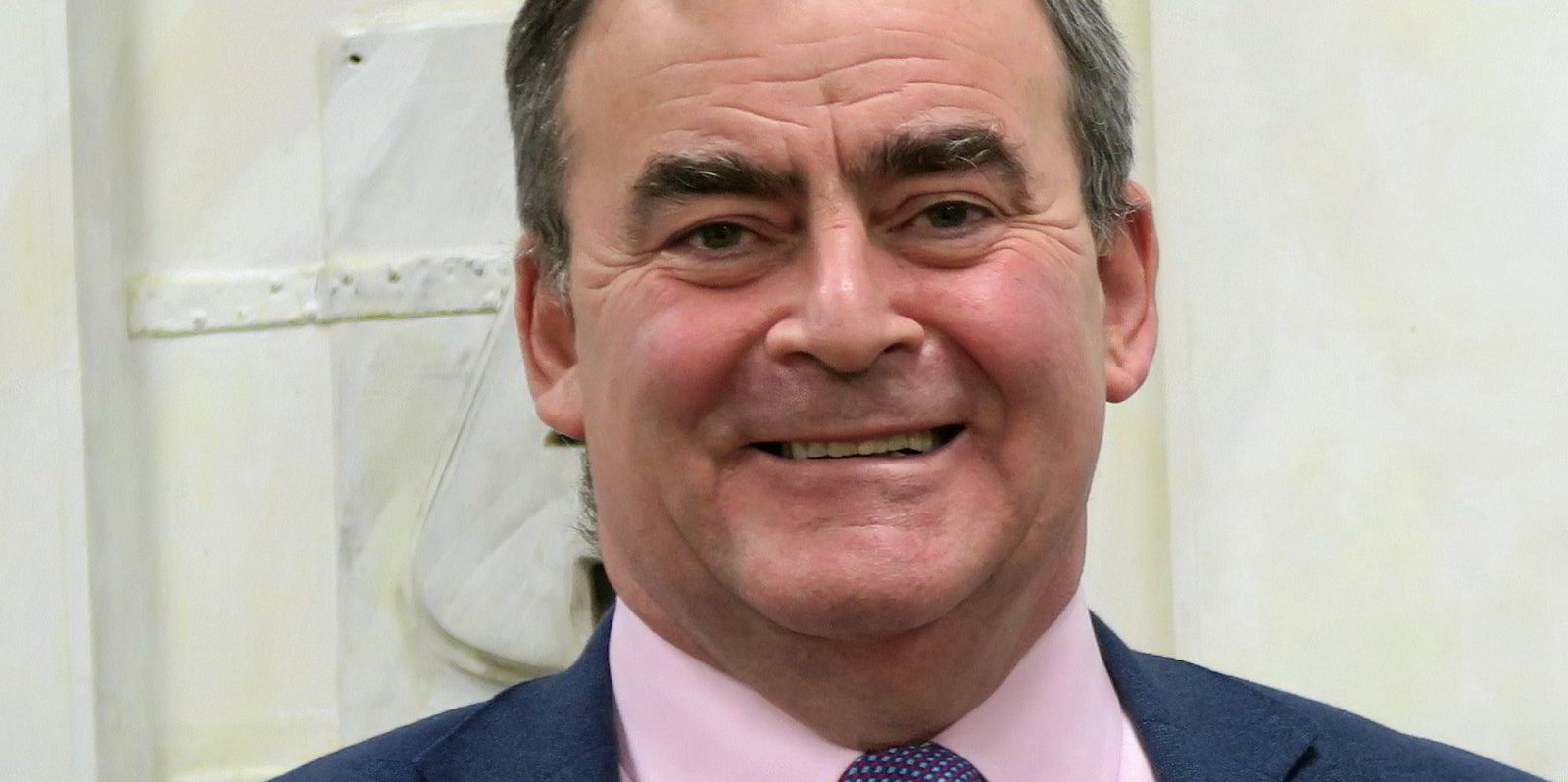French shipbroker Barry Rogliano Salles (BRS) believes tanker owners could be basking in a “golden age” from 2024, with market fundamentals lining up in their favour.
The Paris shop said in the first of three reports examining the future of the sector: “Although we try not to get ahead of ourselves when discussing prospects for tanker markets, all signs point to supportive fleet-side fundamentals across the middle part of the medium-term.”
Tanker rates have recovered in most sectors this year, with VLCCs lagging, but any boom period is contingent on vessel demand returning to pre-pandemic levels, BRS argues.
Over the last 18 months, the broker has moved the timing of this back from the initial projection of mid-2022 to today’s forecast of mid-2023.
A looming global economic slowdown could potentially delay this further, the company warned.
Focusing on the supply side, BRS said owners have only ordered 30 ships of 34,000 dwt or above, totalling 2.3m dwt, between January and June, the lowest level since 2016.
Only four were crude tankers, with 18 of the remaining 26 being for MR2s, which have seen rates surge this year.
“The slowdown this year has been a continuation of the low ordering activity seen over the previous five years, reflecting a combination of a tanker market in the doldrums, technological uncertainty and high shipbuilding prices,” the company added.
Tanker prices at yards have risen by around 10% to 15%.
All this means that from 2024 to 2026, the fleet will shrink.
Ordering now might mean delivery in 2026
It is becoming extremely difficult for an owner to order a tanker at a yard with a proven track record and expect delivery before the fourth quarter of 2025.
BRS does not forecast a swift rebound in the orderbook because it does not believe newbuild prices will fall significantly over the next 18 months.
So the broker is predicting a 1% drop in fleet capacity in each of 2024, 2025 and 2026.
A total of 15 VLCCs are set for delivery in 2023, three in 2024 and none after that.
The big tanker fleet will contract by up to 2% per year over this period, BRS calculates.
Outlook cloudier long-term
“All told, coupled with tanker demand projected to rise by 1% to 2% per annum, this deceleration in fleet growth will be the key support to tanker hire rates and earnings over the first part of the forecast,” the French company said.
But after 2026, the broker foresees a gradual rise in tanker deliveries as owners have to renew fleets and the better rates on offer make it easier for them to finance newbuilds.
The underperformance of tanker demolition could be a brake on rates, but even this would only cause stagnation of ship numbers, not growth, BRS argues.
And any boost to yard capacity would have to be driven by the reopening of currently mothballed plants in Asia.
“We suggest that this remains extremely unlikely given that there has so far been little interest from shipbuilding groups in reactivating such yards,” BRS said.







